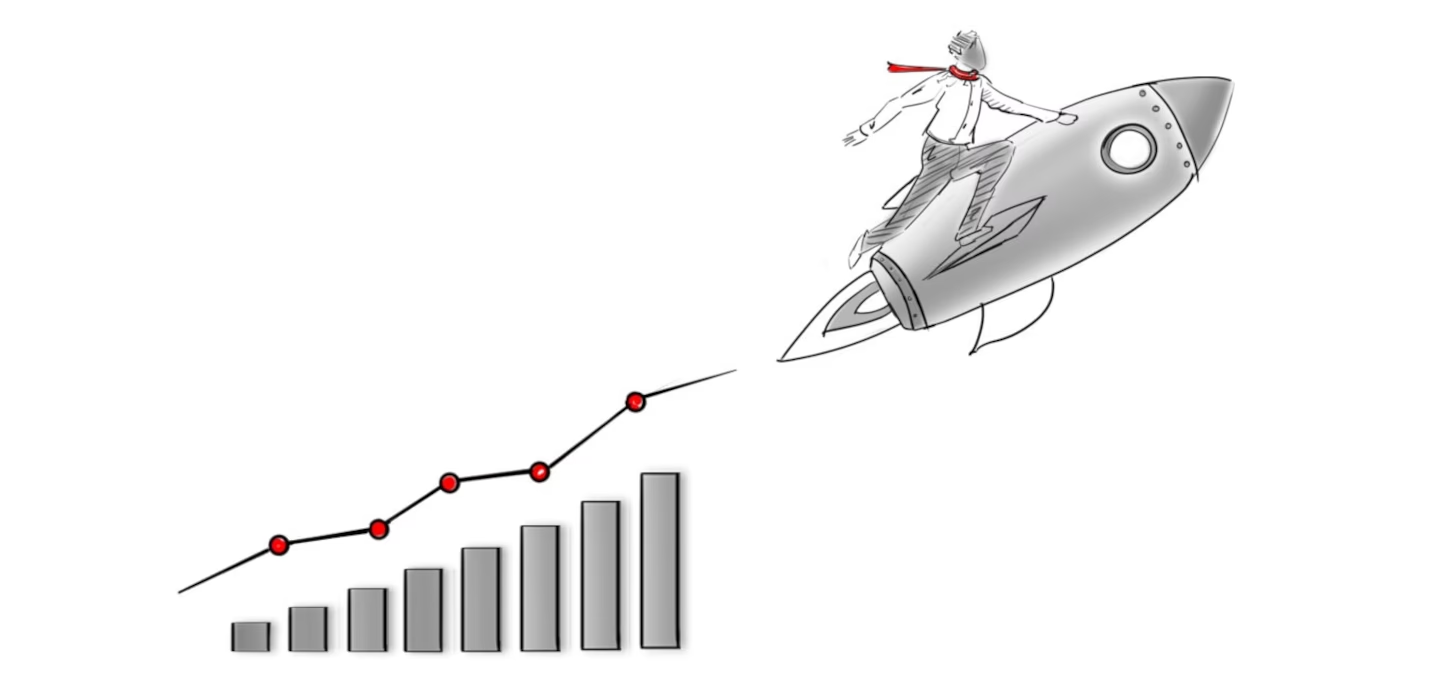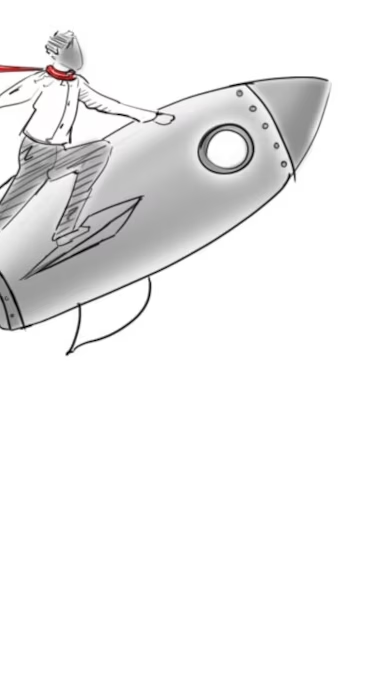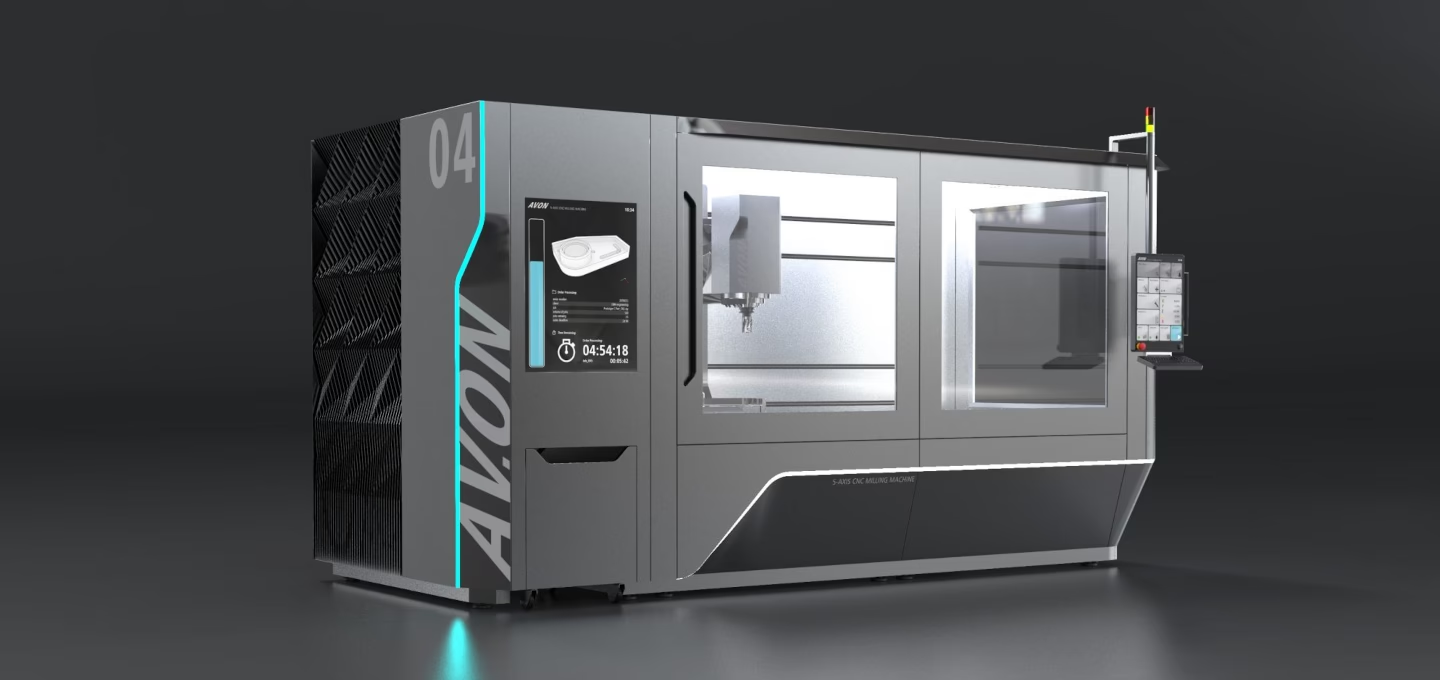Why Good Industrial Design Determines Market Success
In saturated markets, competition becomes fiercer. While globally operating corporations have long recognized that design is a decisive success factor, many medium-sized companies still hesitate to use industrial design as an economic factor and strategic instrument. Yet professional design delivers measurable competitive advantages that extend far beyond pure aesthetics.
What Design Really Means
The term "design" is used inflationarily – from designer furniture to nail design to designer babies. This arbitrary usage, however, dilutes what professional industrial design actually achieves. While "design" derives from the Italian "disegno" (draw/plan), the English term "design" encompasses not only form but also technical and conceptual aspects of creation.
Crucial is: Design never emerges randomly but always follows a planned intention, a well-thought-out concept, or a deliberate strategy.
The Emergence of Industrial Design
In the 19th century, industrialization fundamentally revolutionized product manufacturing. For the first time, products were no longer made to individual demand but machine-produced in series. This development led to the separation of conception and manufacturing – a caesura in the history of product design.
Companies now had to design production-appropriate goods that were calculated regarding sales opportunities and costs before manufacturing began. Thus industrial design emerged as an independent discipline.
Requirements for Modern Industrial Designers
Besides aesthetic aspects, functionality and ergonomics moved to the foreground. Today's industrial designers must possess a broad spectrum of competencies:
- Formal expertise: Excellent understanding of form, proportions, and materiality
- Technical know-how: Solid knowledge in manufacturing-related questions
- Analytical thinking: Ability for structured problem analysis and solution finding
- Interdisciplinary communication: Common vocabulary with construction and development
Formal design and technical function are inseparably connected in industrial design as an economic factor. Design forms the link between highly specialized individual components and connects them into a functional whole.
Pioneer Achievements: From the Industrial Revolution to Today
The Thonet Chair: Design Meets Efficiency
Michael Thonet's "Chair No. 14" impressively demonstrates how industrial design as an economic factor enables commercial success. The revolutionary kit principle with only six wooden parts, ten screws, and two nuts enabled cost-effective production through component reduction and renunciation of unnecessary ornamentation. The ingenious coup: Assembly occurred only at the destination, so the chair could be transported with minimal space requirements.

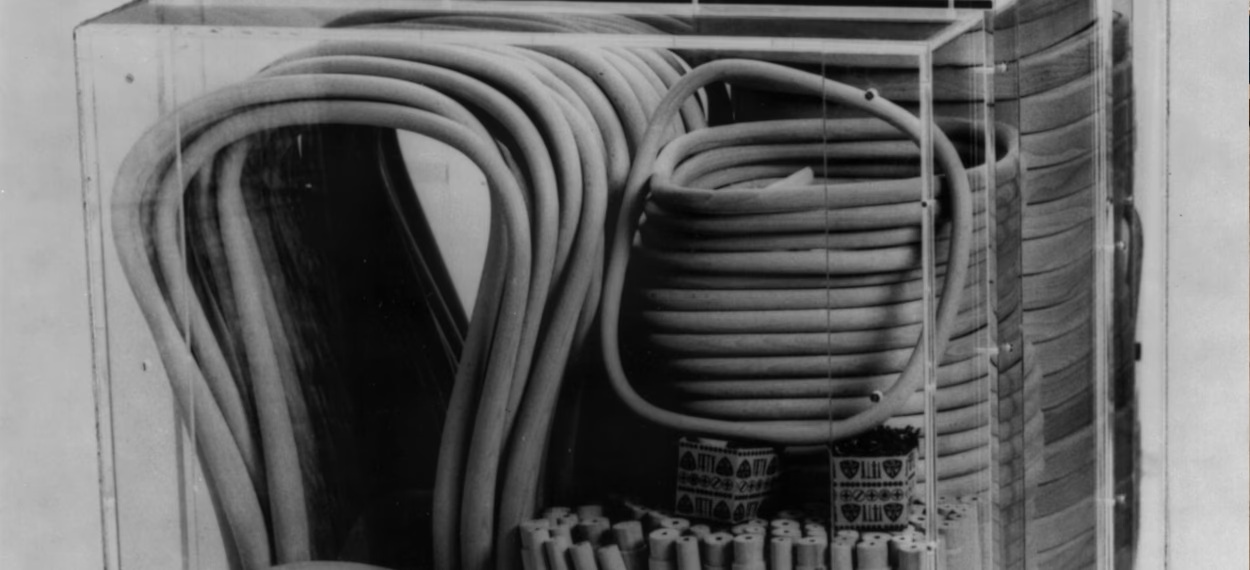
By 1930, 50 million units were sold – a milestone of industrial design and proof of its economic significance.

Industrial Design as an Economic Factor: From Production Focus to Emotional Positioning
Historical development shows a clear transformation: While design was initially strongly production-oriented, sales orientation gained importance with increasing market saturation. Today, products often differ technically hardly at all – making differentiation through design all the more important.
Innovation as Door Opener
Industrial design as an economic factor functions as an innovation engine and opens up new markets or market niches. It makes benefits, advantages, and unique selling propositions externally visible and communicates the company's performance promise.
When a product is technically understandable, practically operable, and ergonomically convincing, a high usage experience emerges. This sustainably strengthens customer loyalty – because well-designed products remain in memory.
The Emotional Dimension
In affluent societies, elementary needs are largely satisfied. Consumers increasingly seek individual self-realization and social recognition. Products become expressions of one's own lifestyle, and users identify with brand values.
For companies, a positive, coherent image thus becomes indispensable. Emotional positioning creates an identity that is difficult for competitors to copy.
The Underestimated Influence on Production Processes
Industrial design as an economic factor works not only externally but also internally within operations. Designers influence crucial factors early in the development process:
- Material selection: Selection and quantity optimization for cost-efficient production
- Manufacturing processes: Determination of production-appropriate manufacturing methods
- Constructive design: Design of repairable and durable products
- Sustainability: Direct influence on product lifecycles and resource consumption
This early integration enables sustainable cost optimization and ecological responsibility.
Responsibility for Environment and Society
A negative example illustrates the scope: Lamps where bulbs cannot be replaced must be completely disposed of once the bulb fails. This annoys customers, wastes resources, and unnecessarily burdens the environment.
The city of Duisburg addressed this problem and in a pilot project converted street lighting to modern LED technology. An exemplary measure, as the newly installed technology saves electricity. This benefits the environment by saving CO2 and reduces long-term energy costs for the municipal budget. Added to this is the longer durability of LED lights. Expensive maintenance work or renewals are reduced.

However: The technology convinces, the design unfortunately does not. The new lamps are set in flat, rectangular metal housings that are mounted on existing lamp posts instead of old bulbs. The design is not equal to the modern technology. Worse still: the renunciation of appropriate design worsens the cityscape. A missed opportunity to enhance Duisburg's already polarizing external image.
From a corporate strategic perspective, it becomes increasingly clear how crucial the close integration of design, research and development, construction, production, and marketing is. In quality management, the design process takes on a key function: It shapes not only the product but the entire manufacturing process – and thus forms the foundation of market-oriented, strategic corporate management.
Examples like Apple or leading automotive brands impressively show how consistent corporate identity produces brands whose values are understood and appreciated worldwide. Product design transports these values visibly, tangibly, and emotionally – beyond form, function, and ergonomics.
Thus it becomes clear: Design and creative competence are not aesthetic luxury but a direct driver of economic success.
Measurable Success: Numbers and Facts on Industrial Design as an Economic Factor
Thomas John Watson Junior, CEO of IBM, declared as early as 1973: "Good design is good business." This statement has lost none of its validity.
Results of the Study "The Beauty of Added Value"
The study by the German Design Council and Scholz&Friends (2009) surveyed leading German brand companies on the importance of design. The results are impressive:
- 95 percent confirm importance for image and identity as well as brand value
- 97 percent use design for positioning against competitors
- 86.4 percent confirm direct effects on sales figures, while 84 percent report higher customer price willingness
- 69 percent confirm positive effects on overall profitability
Particularly relevant for company growth: 80 percent see design as key to opening up new markets, and 87 percent gain market share through design.
Current McKinsey Study Proves Profitability Increase
A current study by management consultancy McKinsey shows: Companies with integrated design strategy increase their revenue growth by 32 percent and their shareholder returns by 54 percent over five years.
These numbers clearly prove: Industrial design as an economic factor is measurable and has direct influence on company success.
Case Study: EMAT Flowmeter of the ROSEN Group
The EMAT Flowmeter illustrates successful new market entry. The ROSEN Group, specialized in pipeline inspection, established a new business division with this product: contactless measurement of various media in pipelines.

Particularly noteworthy: The flowmeter was the company's first "visible" product. Through professional industrial design, it succeeded in differentiating from competition and making innovative technology visually experiential.

Untapped Potential: Optimization of Production Processes
The study "The Beauty of Added Value" also uncovers dormant potentials: Only 40 percent of surveyed companies use design to optimize production processes. Yet measurable successes can be achieved here:
- Material savings: Intelligent product design reduces material consumption and costs
- Manufacturing optimization: Suitable processes and component design increase efficiency
- Assembly time: Well-thought-out construction saves working time and effort
- Logistics costs: Minimal housing reduces transport and storage costs
Over 70 percent of surveyed companies do not use design to reduce production costs – an enormous untapped potential.
Case Study: c.guide eco Chain Guide
Collaboration with B-Labs from Switzerland impressively shows what is possible: The bicycle chain guide, originally manufactured from seven parts, was reduced to a single component.

The new manufacturing process drastically lowered production costs while simultaneously increasing durability. The result is the lightest and most flexible chain guide worldwide, awarded the DESIGN & INNOVATION AWARD.
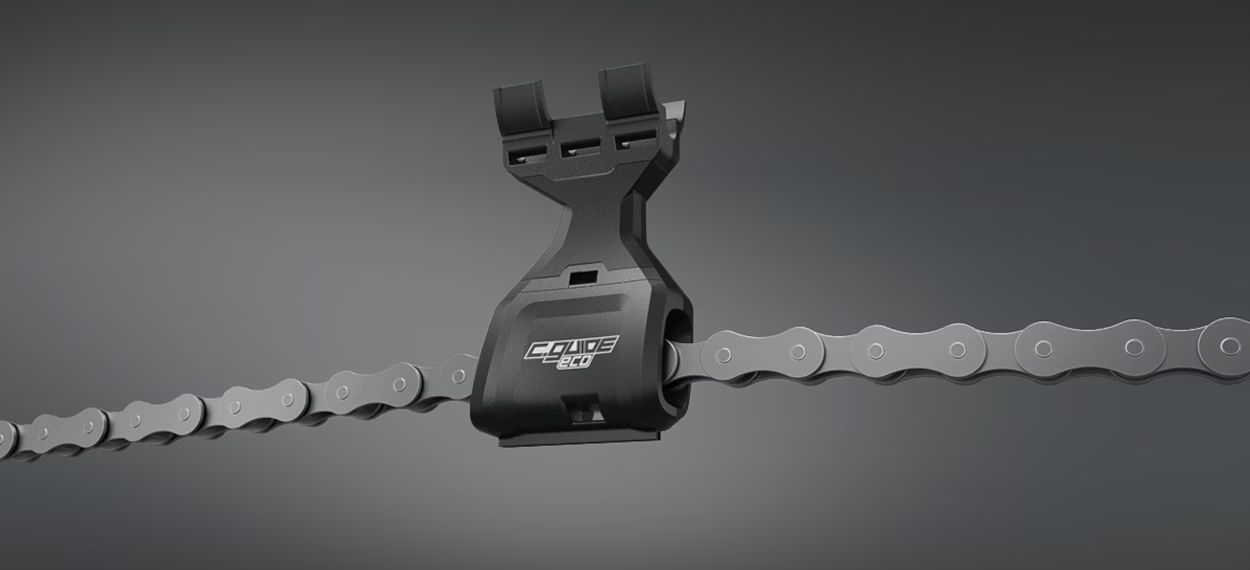
Such optimizations show: Industrial design as an economic factor enables direct influence on economy, environment, and society. Sustainability creates gains on all sides.
Industrial Design as an Economic Factor in B2B
While good design is almost taken for granted in consumer goods today, it is only gradually gaining entry in the industrial goods sector. Yet here too, globalization, standardization, and declining product lifecycles are fundamentally changing market structures.
The Prejudice: "We Don't Need Design in B2B"
It is often argued that capital goods do not require design since they are used not consumptively but for investment or production purposes. However, this fallacy overlooks crucial aspects: The generalist abilities of industrial designers to think their way into complex specialized questions frequently lead to innovative and creative solutions.
Case Study: Table Saw for Avola
For the company Avola, we optimized workplace safety and ergonomics of a table saw. The transparent cover was previously constructed so that sawdust remained in gaps and blocked the view. Our concepts for optimizing components, suspension, and kinematics could be introduced as solution approaches. We also developed ideas for better placement of the push stick for accident prevention.
These changes occurred without altering the manufacturing type or increasing production costs. The result was a more modern design with better performance at comparable costs.
Case Study: NanoFocus AG Microscope
Together with NanoFocus AG, we developed a high-precision measurement technology microscope. The challenge: high acquisition price and low production volumes required a housing realizable for small and medium series.
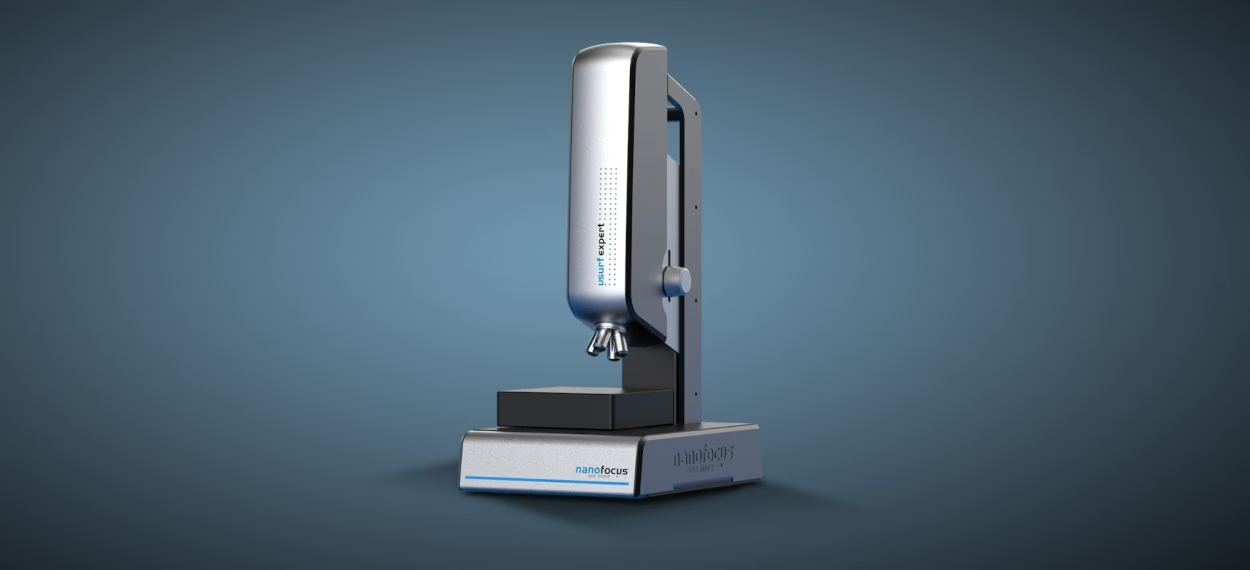
Using alternative manufacturing methods, we succeeded in employing high-quality 3D-formed metal components that appropriately represent outstanding precision. Components of different sizes for various model variants could be generated from a single tool. The manufacturing technology we proposed reduced tooling costs by over 90 percent while achieving excellent surface quality.
The Emotional Dimension in B2B
Value communication is also necessary in capital goods. Technical competence, innovation, and ergonomics are not visible at first glance – design visualizes these profiles and demonstrates development.
A common misunderstanding: Capital goods are denied emotionality because hard facts like price and performance dominate procurement. Yet precisely when technology and price converge, design serves as the decisive distinguishing feature.
In the end, every purchaser is also a human being on whom design works as an emotional carrier. A highly developed device in a rudimentary metal box is trusted less than a thoroughly designed product. Good design testifies to a mature development process and conveys quality and reliability – characteristics that enable long-term business relationships.
Conclusion: Industrial Design as an Economic Factor and Strategic Instrument
Industrial design as an economic factor gains increasing importance in the business context. The central insight: Design creates measurable competitive advantages.
Maximum Added Value Through Early Integration
Industrial design delivers the greatest benefit when integrated as early and holistically as possible into the development process. Potentials are optimally exploited when design does not occur in isolation or downstream.
What Industrial Design as an Economic Factor Achieves
Professional industrial design visualizes the uniqueness of products and creates distinctive identity and recognition value. It contributes significantly to brand building and functions as the company's business card. Design provides arguments for differentiation through price, quality, form, manufacturing, function, and technology, communicates clear performance promises, and appeals both rationally and emotionally.
Innovations can occur on various levels – usage-technically, manufacturing-technically, material-related, functionally, or formally. Industrial design as an economic factor can make decisive contributions to all these areas.
The Role of Perception and Emotion
Visual messages and haptic experiences shape user perception. Associations and memories should not be underestimated. Design serves as a status symbol or enables identification with values and performance promises.
Industrial design as an economic factor is the key factor that connects form and emotion with technical function considering economic framework conditions.
A holistic design process is not a cost factor but a strategic instrument of corporate management and thus a worthwhile investment in the economic future. The mentioned criteria secure long-term competitiveness in an increasingly demanding market environment.
